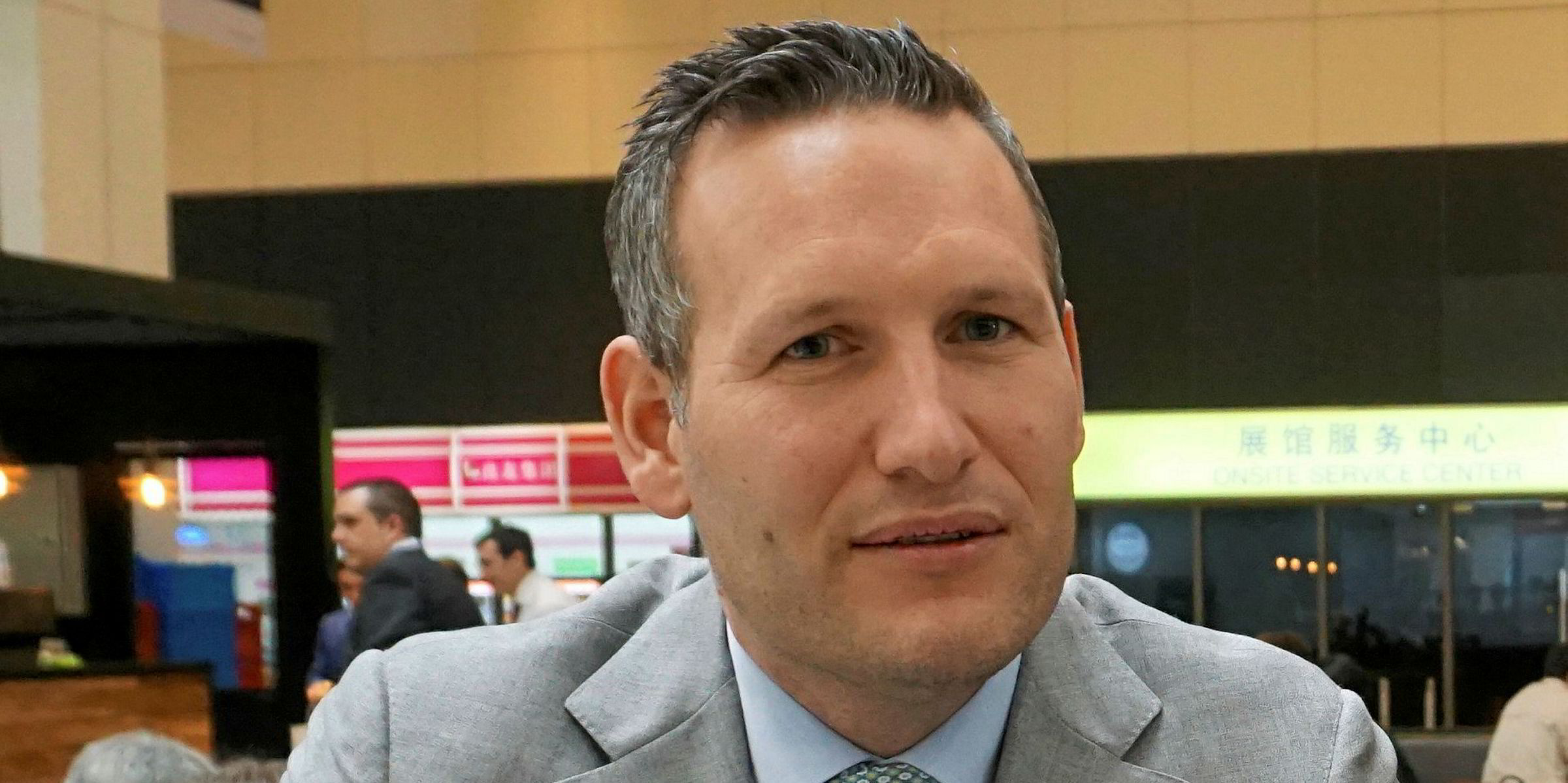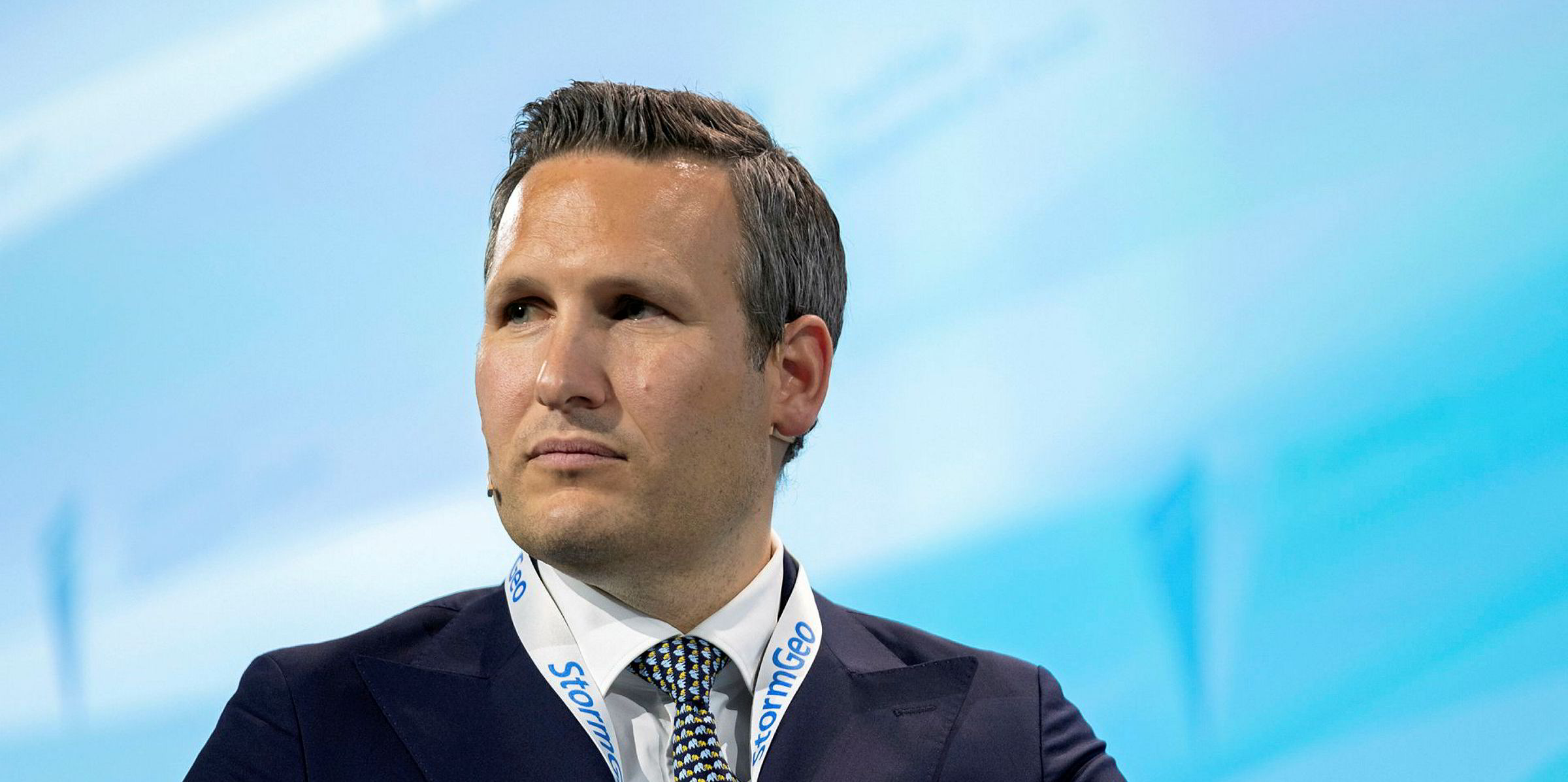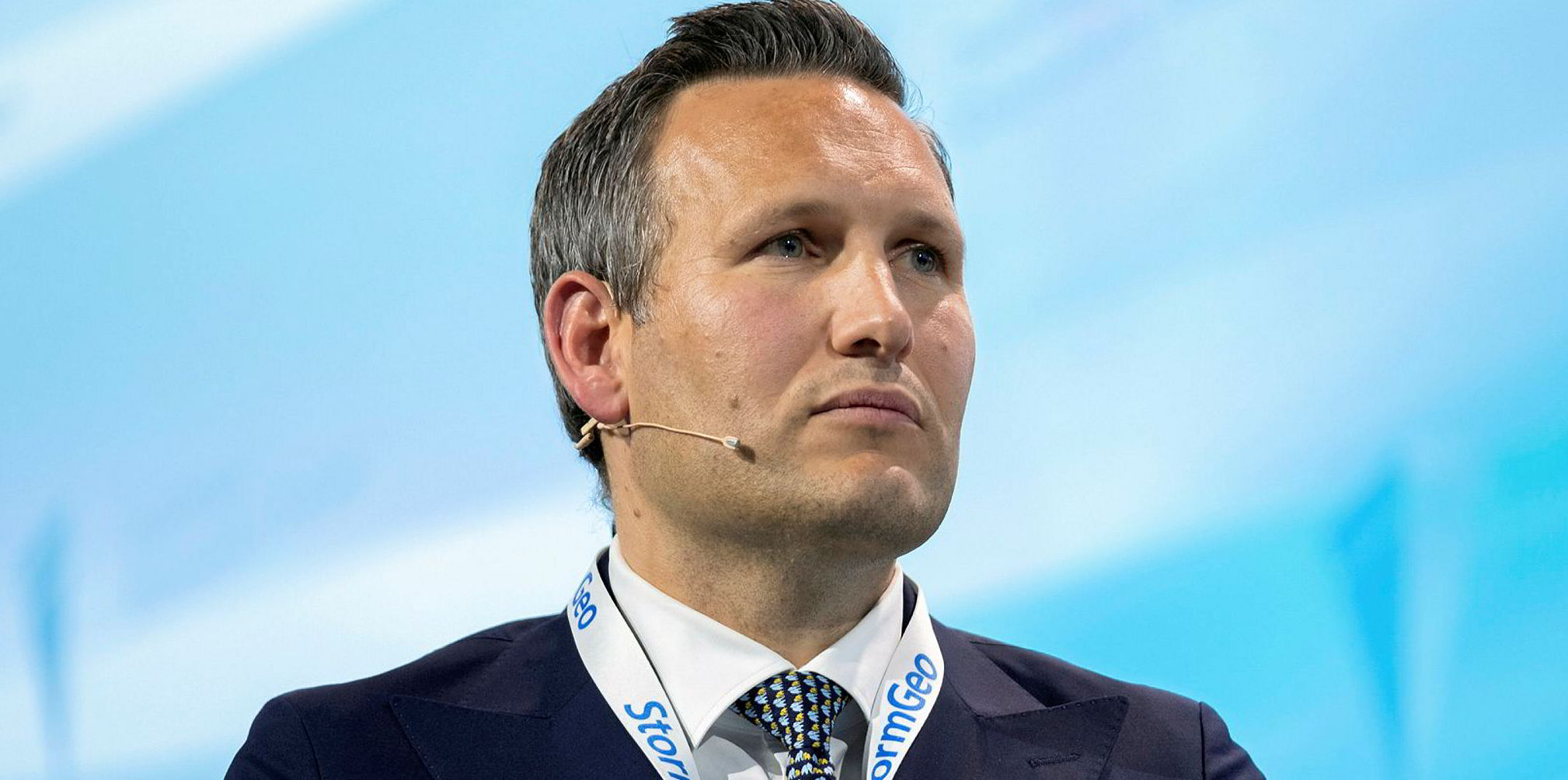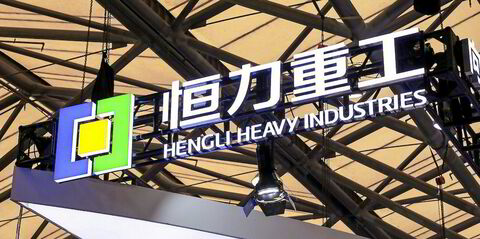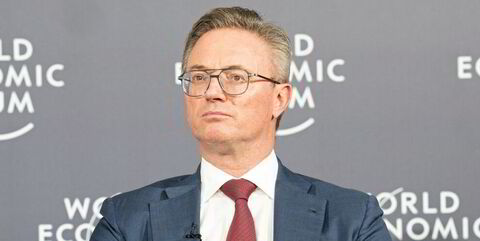John Fredriksen-controlled Flex LNG would look at acquiring modern LNG tonnage in the current coronavirus-hit, low demand shipping market.
Flex chief executive Oystein Kalleklev told an online investor forum chaired by J Mintzmyer of Value Investor’s Edge that for the first time in LNG history some of the companies who have ordered LNG ships at South Korean shipyards are going to look if they can flip their contracts to get out of them. “That’s unprecedented in LNG,” he added.
Kalleklev said this could be because several owners had invested speculatively in LNG newbuildings. “I think some of them will have some problems and there could be some opportunities there and we will definitely look at it,” he said.
The CEO said it was not feasible to raise any equity due to the company’s current low stock pricing. Flex stock has halved since the start of February to under $4 or 25% of its net asset value.
Kalleklev pointed to Flex largest shareholder John Fredriksen, who controls 45% of the company, describing his as possibly the “most successful shipping investor in history”.
If there are distressed sales then of course we would look at it
Oystein Kalleklev
He said Fredriksen has been good at investing at the bottom, divesting at the top and at consolidation.
“We are always positive to consolidation and we do like to grow when markets are tough not really when they are on the top,” he said. “If there are distressed sales then of course we would look at it.”
Focus
Kalleklev made it clear that Flex was not interested in the 200 older steam turbine vessels, which make up around 40% of the global fleet. The have a “very hard future”, he said.
He was also unenthusiastic about the 160, slightly younger, tri-fuel diesel-electric (TFDE) LNG carriers which he said are not efficient. If prices were rock bottom he said the company might consider these but he added: "I would rather focus on the modern type."
Kalleklev said around 30% of the global LNG fleet, comprising more than 50 steam ships and around 50 TFDE LNG ships, will be redelivered from their time-charter contracts by 2022 and will likely be replaced with modern vessels.
“That is where we want to focus and that gives us a lot of marketing opportunities for our ships to put them on longer term contracts,” he said, explaining that this would give Flex a more secure cash flow.
Flex has a fleet of 13 gas-injection LNG carriers of which six are trading and the remaining seven are under construction.
Kalleklev said the company will take delivery of at least five vessels this year.
Flex’s two 174,000-cbm vessels building at Hyundai Heavy Industries, which are due for handover this year, are both ahead of schedule, Kalleklev said.
“It could be that we would delay ships if markets were not conducive,” he said, “but everything is on schedule.”
The first of the company’s three newbuildings at DSME for 2020 delivery is scheduled for handover in August and is fixed on a five-year contract with the remaining pair due to emerge in the traditionally stronger winter market.
The remaining two newbuildings will follow in 2021.
